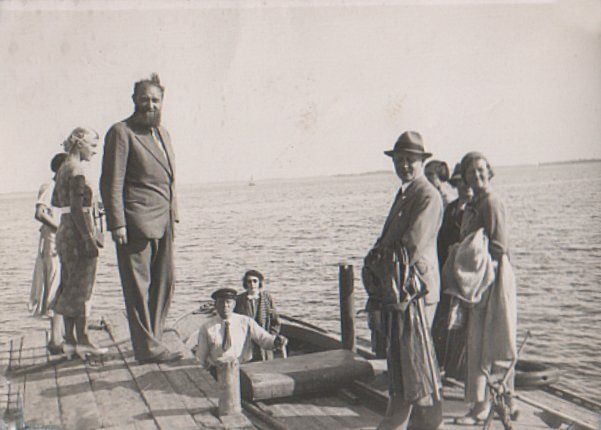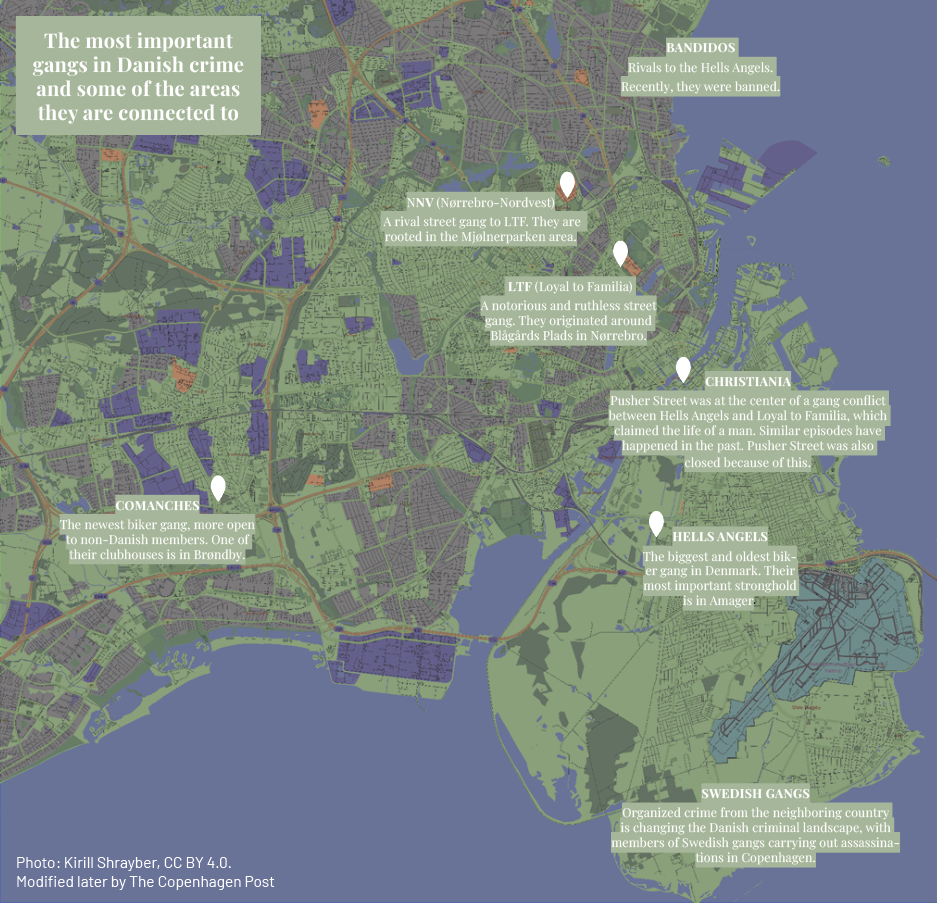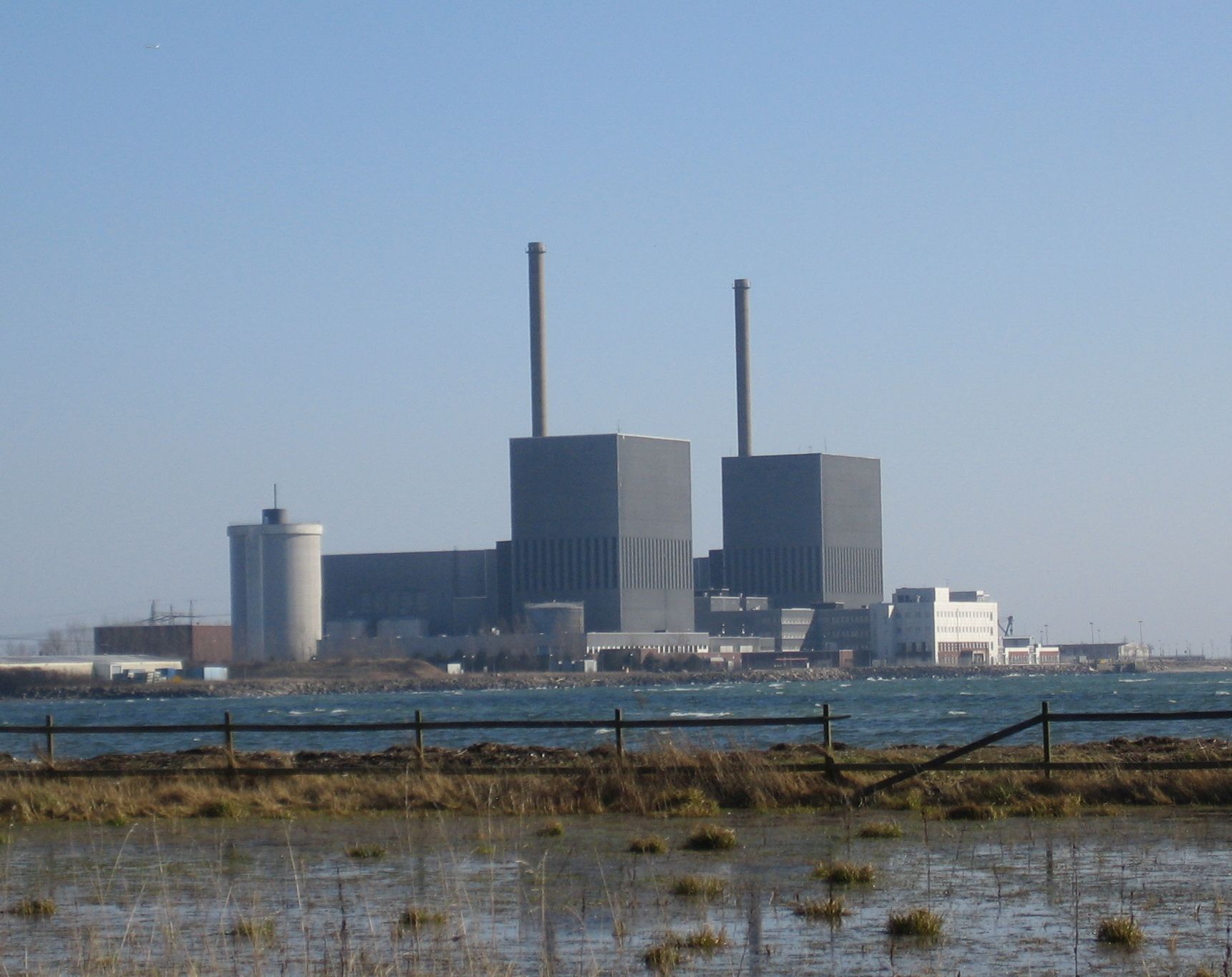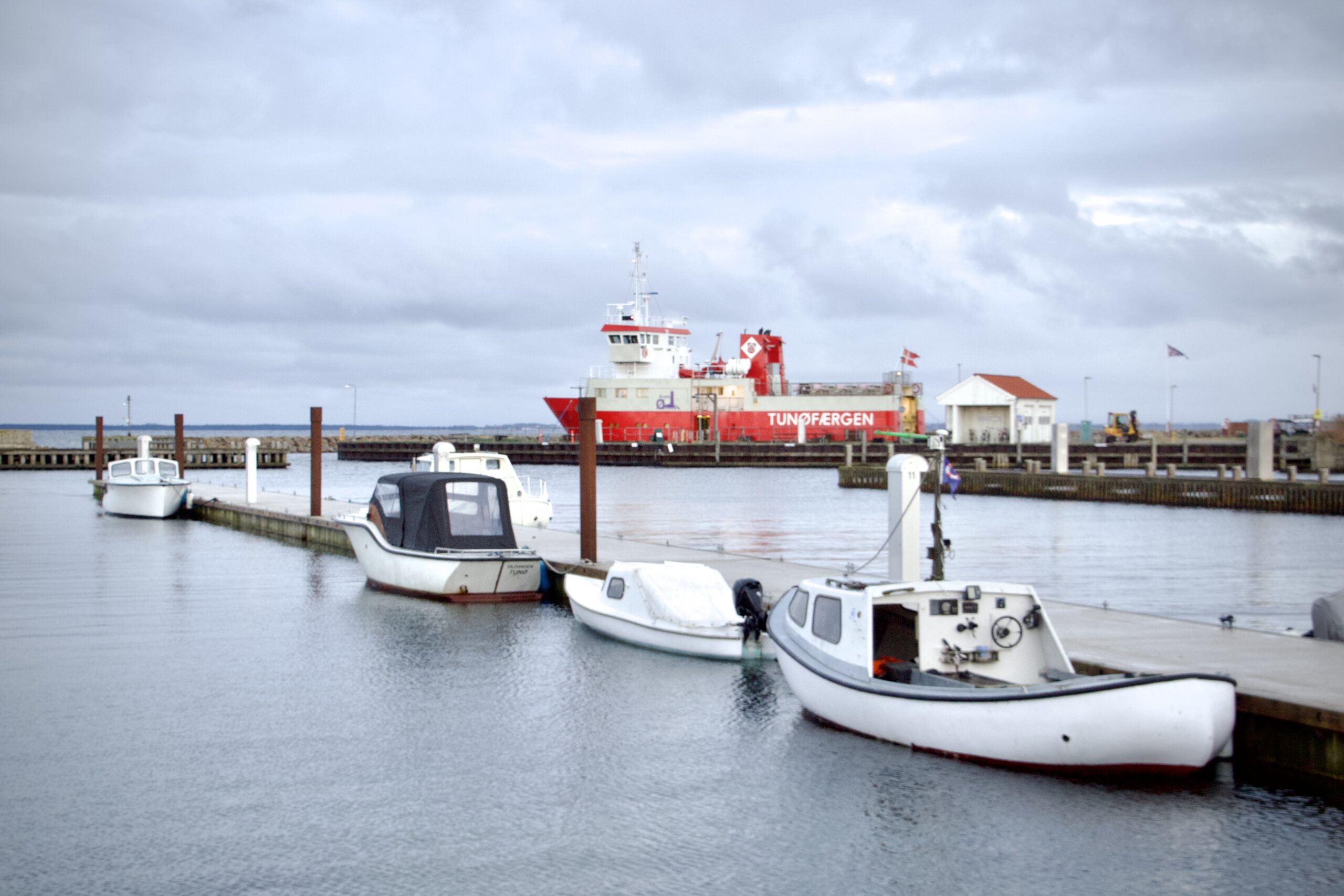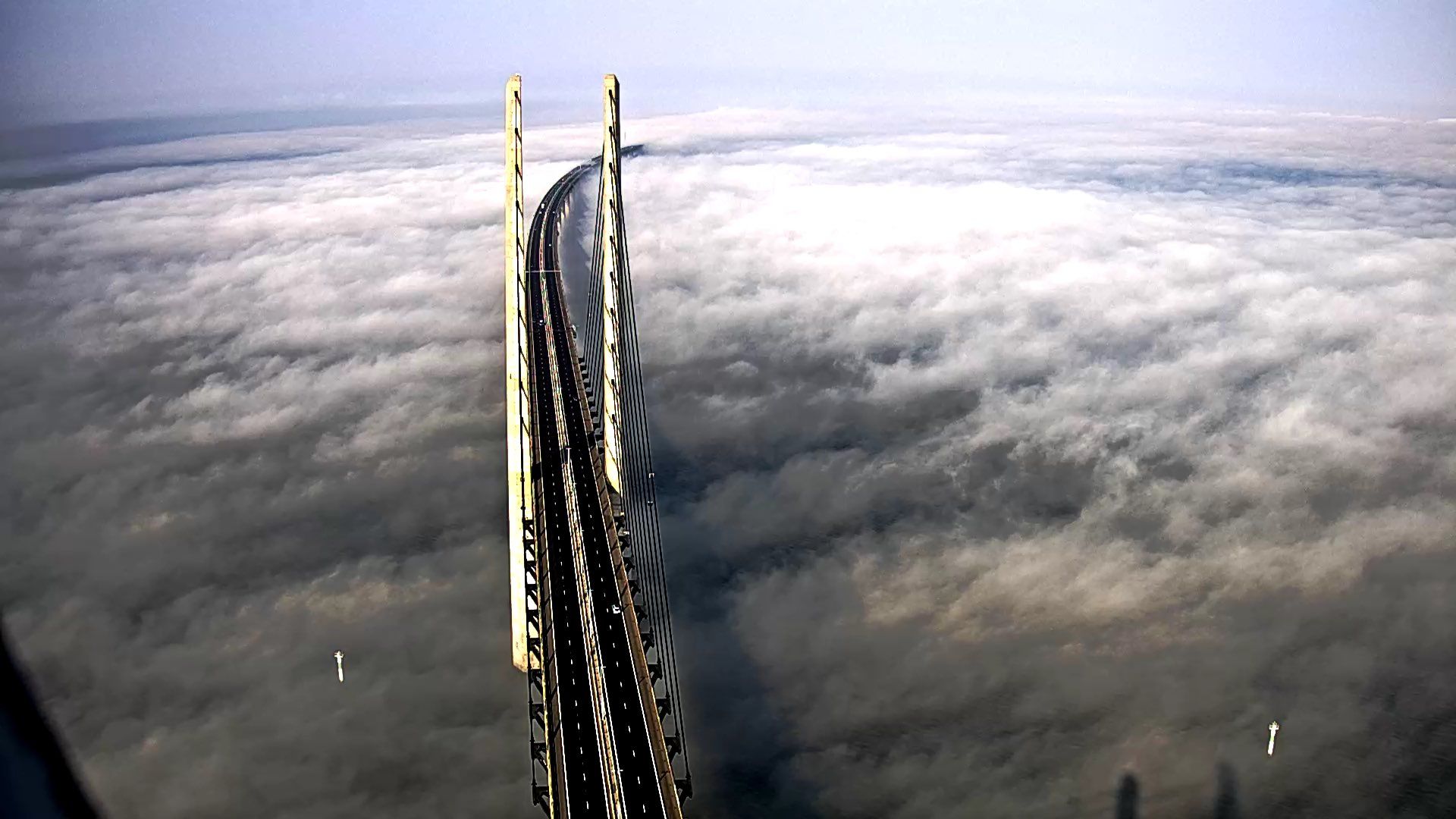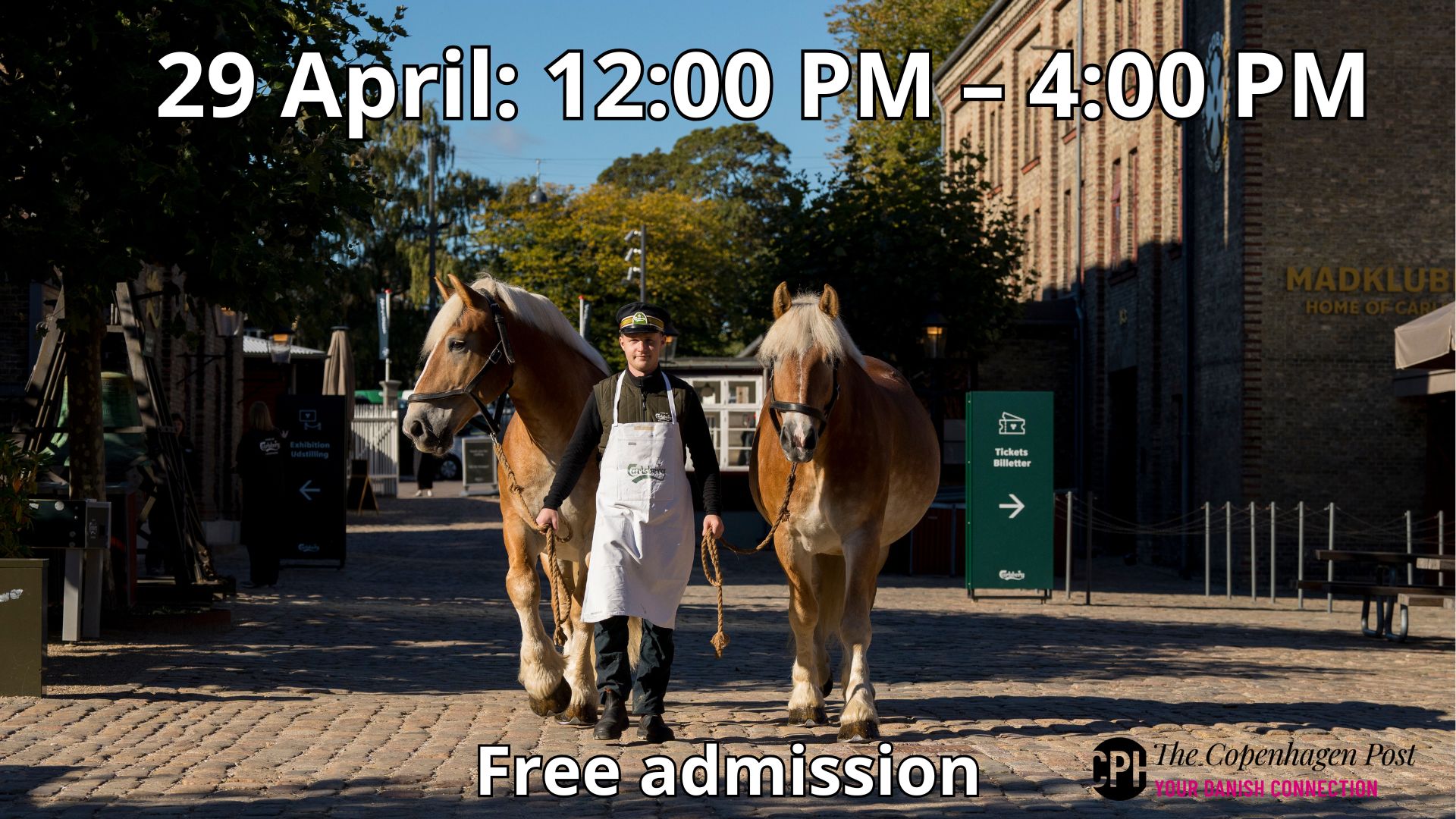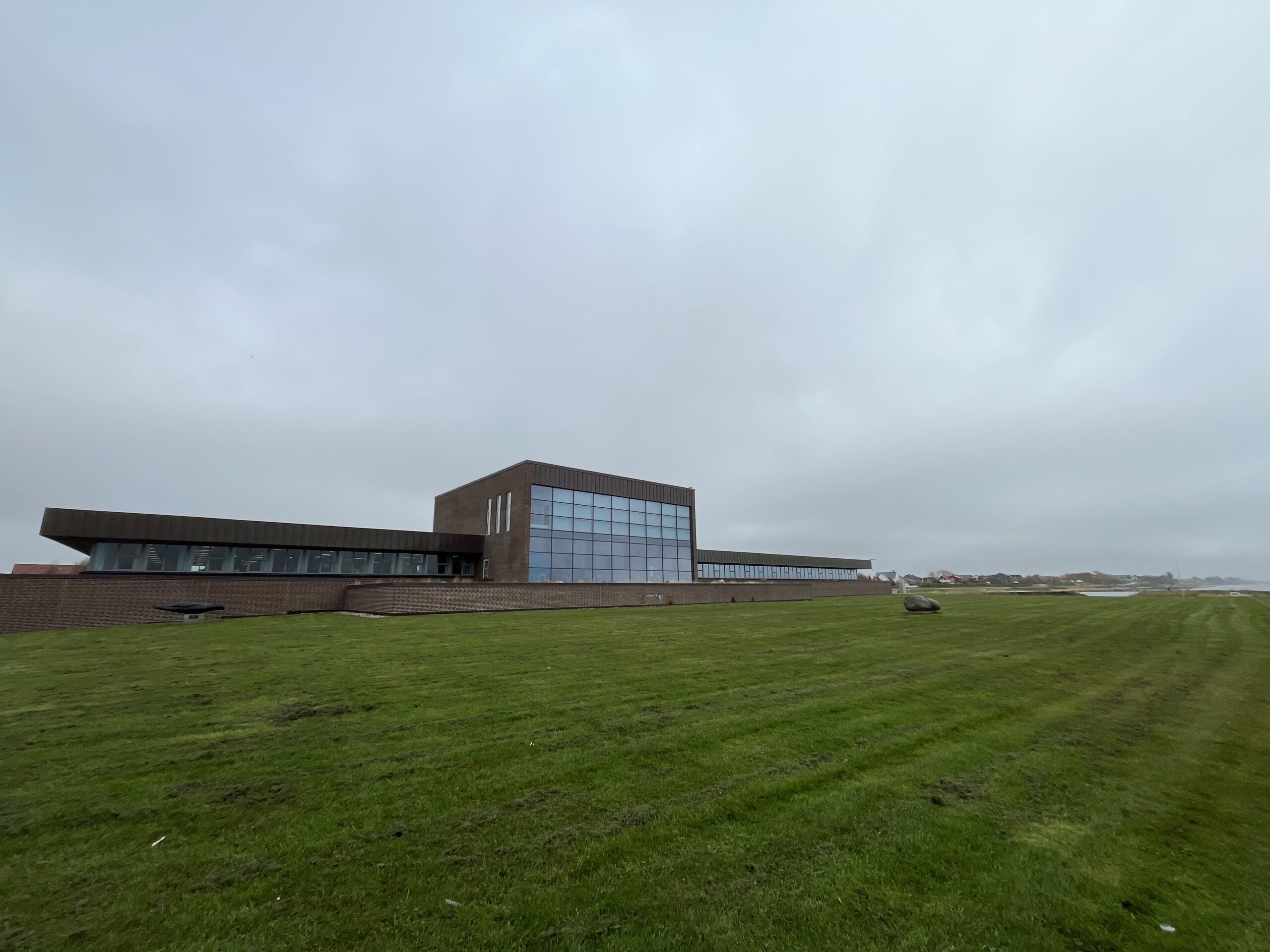If you were asked to picture an adventurer in your head, chances are you’d come up with the image of Peter Freuchen. A bear of a man, well over six foot tall, with a long, bushy beard, sailor’s cap and rugged, weathered face – and in later years, a wooden leg completed the look.
The ultimate adventurer
Born in the provincial Danish town of Nykøbing Falster in 1886, Freuchen found his spiritual home in the remote landscape of northeast Greenland, and commercial success in the United States.
He was married three times and was an explorer, polar researcher, writer, film star, diplomat, landowner, resistance fighter and sailor. Quite simply, he was an adventurer.
A spine-chilling first expedition
It’s said that Freuchen was first drawn to Greenland after watching a student revue portraying the Arctic heroes of the time. After a brief stint studying medicine at the University of Copenhagen, he applied for, and was accepted on, the ill-fated 1906 Mylius-Erichsen expedition to uncharted northeast Greenland as a meteorological assistant.
Despite the awful conditions faced on this expedition, which ended with the deaths of not only Mylius but two other members of the party, Freuchen was not put off by the experience; on the contrary, he was hooked.
This seems unbelievable when one hears of the utterly inhuman life Freuchen lived for almost two years – while still just 21 years of age. He spent the winter of 1907-08 manning a weather station 70km away from any other human being, unable even to read because all the books were frozen, with wolves lurking close by outside his hut.
Only on his return to Denmark in the spring of 1908 was he informed about the tragic fate of the expedition’s leaders.
 Friends with Knud Rasmussen
Friends with Knud Rasmussen
Freuchen returned to Greenland for the first Thule expedition in 1912, which disproved Robert Peary’s claim that a channel divided Peary Land from Greenland. The name was apt: this was a journey to the end of the known world, to the ‘Ultima Thule’ of classic folklore.
His companion was the famous explorer Knud Rasmussen, and after having experienced an incredible 1,000km journey across the ice that almost killed them, the pair’s friendship lasted until Rasmussen’s death in 1933. Freuchen would later write his own account of this journey in ‘Vagrant Viking’ (1953) and ‘I sailed with Rasmussen’ (1958).
The pair of them established the Thule trading station in Cape York (now Uummannaq) in 1910, which Freuchen managed until 1919. Despite wildly differing backgrounds and personalities (Rasmussen was half Inuit, Freuchen, despite his attire, was very much the Dane; Rasmussen had shrewd business sense, while Freuchen was a deep-rooted socialist), there was little animosity between the two explorers.
Peter the Great
A Bohemian before his time, Freuchen seemed to find a spiritual happiness in Greenland. He dressed in full Inuit attire and described the Inuit people as “the happiest in the world”. In turn, Greenlanders named him ‘Petersuaq’, or Peter the Great.
In around 1911, he married an Inuit woman called Mekupalut, who took the name Navarana. The couple had two children: a boy, Merkusak (not much is known of him – he was perhaps mentally ill), and a girl, Pipaluk, born in 1918.
Navarana herself died during an influenza epidemic in 1921; as she was not a member of the church, the local priest refused to allow her to be buried in the official graveyard. Her husband sneaked in one night and buried her in secret.
One lost leg later
Freuchen lost one leg to frostbite in the 1920s. He was caught in a snowstorm and dug himself so far into the snow that he had to make a chisel from his own frozen faeces to dig himself out.
Though the first amputation only involved a few toes, another bout of frostbite took the rest of the leg, which was replaced by a wooden one, thus ending Freuchen’s era as an intrepid explorer.
‘Retirement’ back home
With daughter Pipaluk, he moved back to Denmark where he married former silent film actress Magda Vang Lauridsen, his childhood sweetheart, in 1924. He bought an island, Enehøje in Nakskov Fjord, where he lived a relatively quiet life, writing his novels and memoirs.
“There was a time when this charismatic adventurer was known the world over as a mastodon from the heroic period of polar exploration,” is how Jes Stein Pedersen described him in Politiken newspaper.
Life in the old dog yet
During the Nazi occupation of Denmark, Freuchen played an active role in the resistance movement, hiding refugees on his island before his actions were discovered by the Germans and he was forced to flee to Sweden, and later the United States.
On the other side of the Atlantic, Freuchen was consulted by President Herbert Hoover regarding the US military’s Thule Air Base; worked as a journalist for the UN; and, in 1932, wrote the script for and starred in the MGM picture ‘Eskimo’, the story of how an Inuit’s idyllic existence was changed dramatically by the arrival of an unscrupulous white trader. Filmed on location and considered a ‘documentary’ of its time, Freuchen played an evil, wooden-legged sea captain who unwisely rouses the wrath of the Inuit hero.
Freuchen met and married his third wife, the fashion illustrator and Danish immigrant Dagmar Cohn, in the US in 1945. In 1956, Freuchen participated in and won the TV show ‘The $64,000 Question’ with the specialist subject ‘The Seven Seas’.
Once more unto the snowy plains
In September 1957, at the age of 71, Freuchen was invited by a production company to join a group of polar explorers who were to be filmed in a staged reunion at the North Pole. Freuchen died of a heart attack while walking up the steps to the plane in Anchorage, Alaska.
His ashes were scattered over the tundra near Thule (Qaannaaq), his spiritual home.

